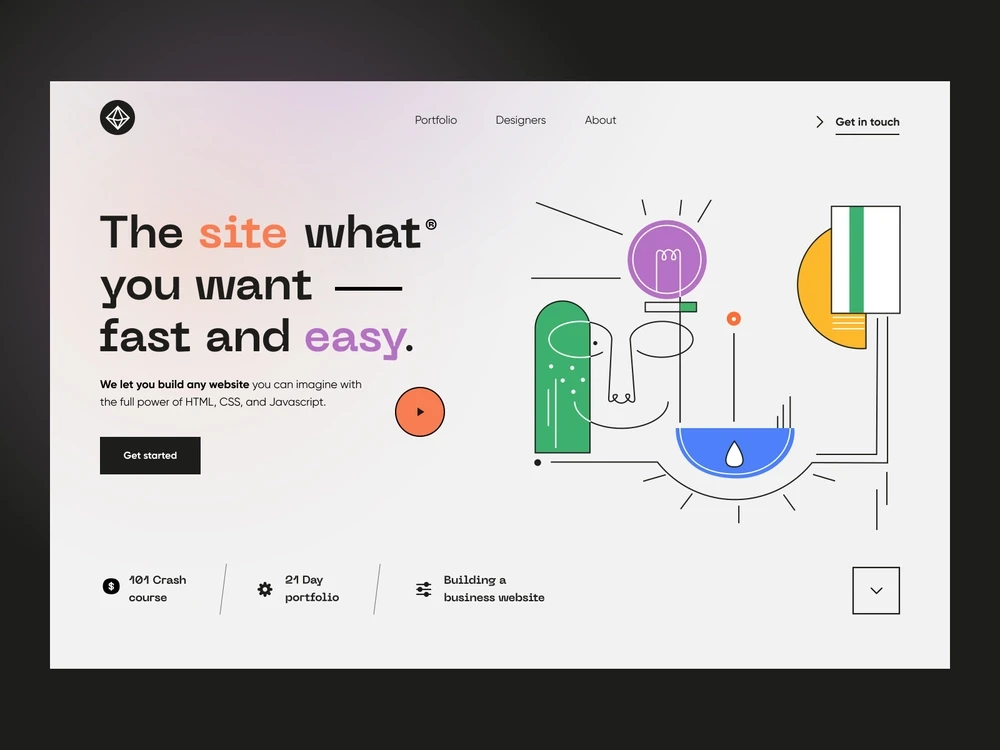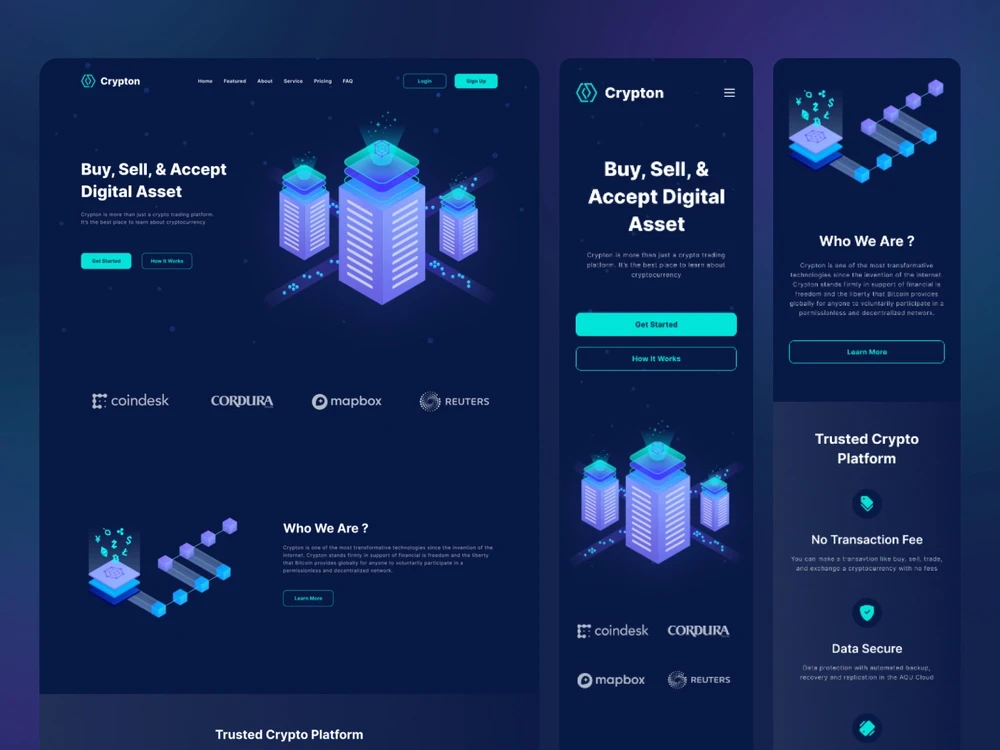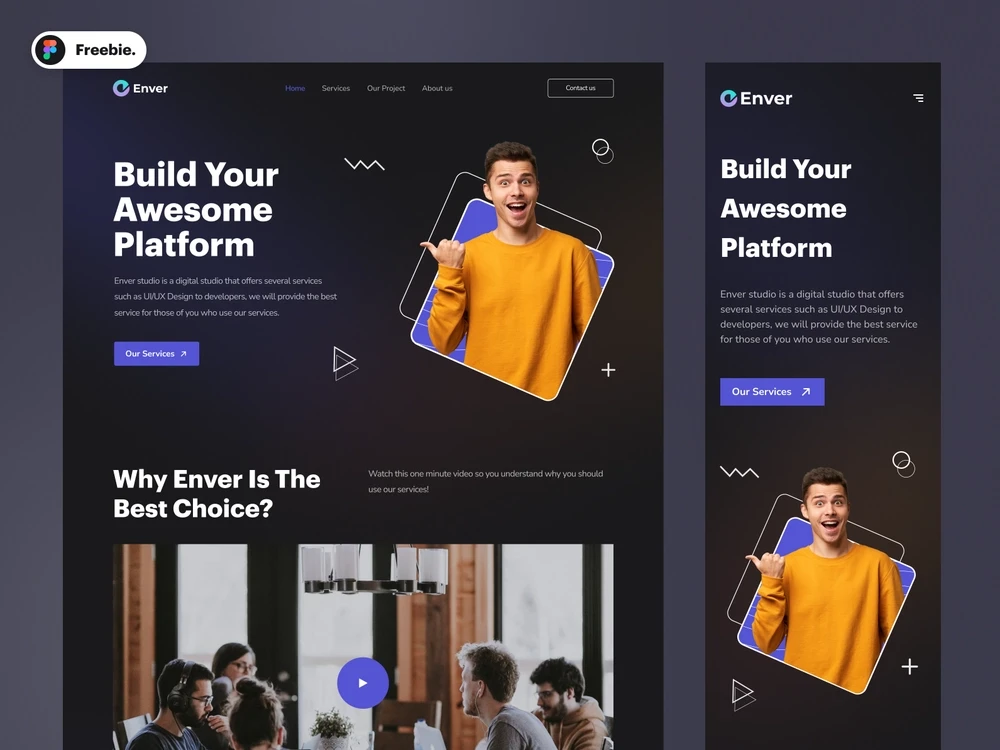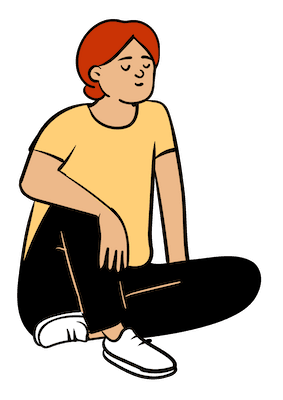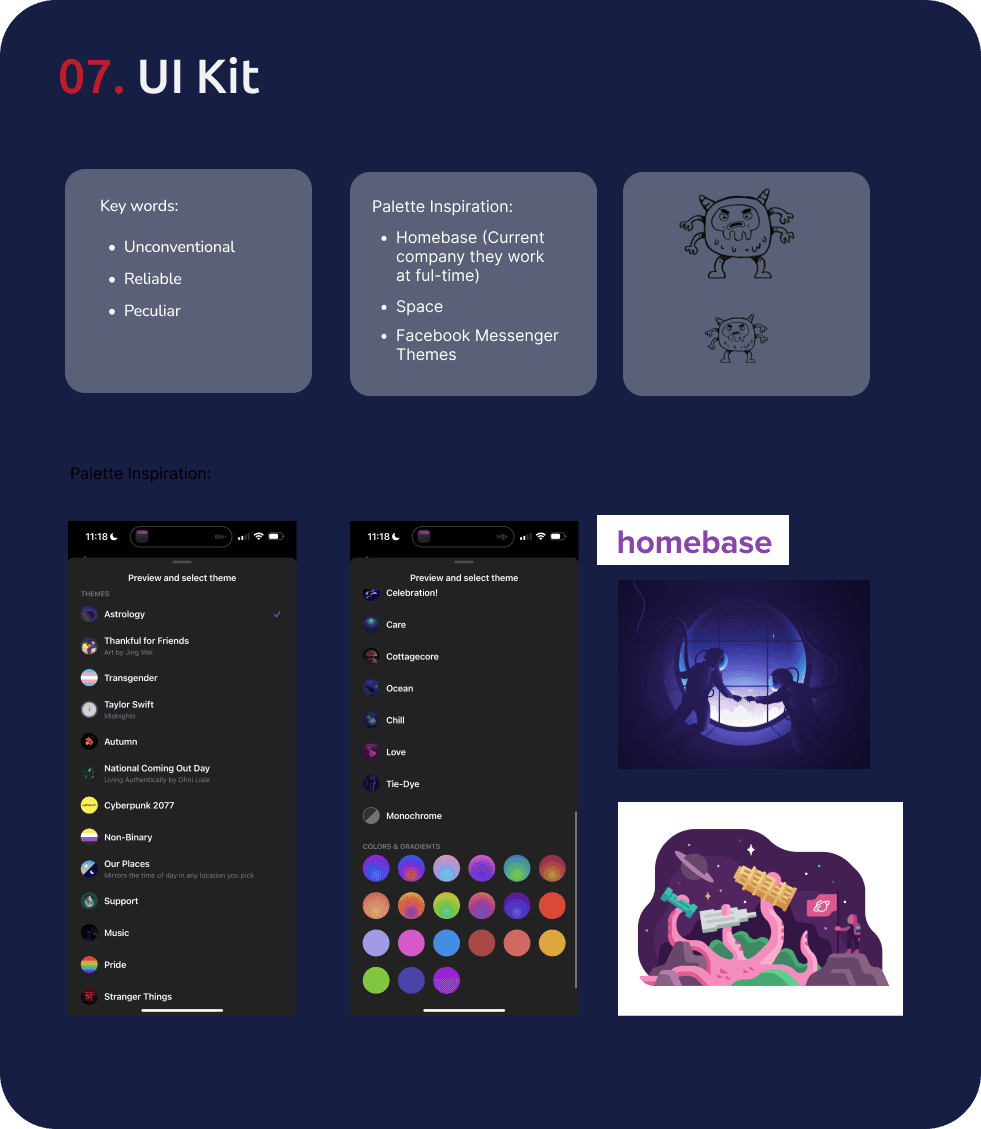Overview
Who are we trying to reach?
individuals who enjoy travelling
individuals who enjoy learning about history
individuals who crave new and unique experiences
Methods

Market Analysis
Our analysis focused on companies commonly used by users for searching, planning, and purchasing travel destinations.
1 on 1 interviews
Interviews were used as primary research to understand those who travel and their behaviors when traveling. The converastions will help us determine what a traveler's needs are when planning for a trip, and even a time-traveling trip.
Learning From The Data
As always, the data gave us helpful insight into what users use to plan their traveling experiences, what they're looking for in a travel experience, and how users plan their trips, which will help us move forward with our Plan of Action
Participants determine trustworthiness based on customer reviews
Participants feel safer when there is sufficent enough information about a tour-guide led activities such as packages and expereinces.
Participants choose to travel to fulfill an inner longing and their expectations for each destinations when they travel is to take away a distinct experience and story
We can keep her in mind when progressing into the ideation phase. Agnes embodies our user's needs and frustrations when starting their travel planning process for both normal travel and time-traveling.
As we brainstorm, we'll use her feedback as a basis for identifying the necessary features to ensure she has the most optimal experience when using Zeit to plan her time-travel experiences.
To evaluate different design systems, we analyzed content on Dribble and existing travel booking building companies for inspiration and to determine what looks the most familiar to users
Our (closed) Card Study
Our goal was to gain intuitive insight on how users categorize events and experiences to help us determine how a user will search for different events they want to time-travel to.
To do this we:
gathered 7 participants
presented each user with 20 cards of varying topics
The Results:
Average time: 2m 34s
7 complete, 3 abandoned
Overall, the study showed that there was a unanimous consensus for most topics, with the exception of 1-3 outliars for each card
What does this mean?
Most users have a good understanding of what categories each historical events fall under.

Our Site Map
We created a sitemap to help us structure how we want our users to understand the information on the site
User and task flows
When creating our task and user flows, we had these goals for the user (and Agnes) in mind:
Explore different regions/locations
Book an experience
Navigate through the reviews
Navigate through Zeit's social media pages
View full User and Task Flow Here
Sketches & Mid-fi
Hi-Fidelity
View full Hi-fi here
Are users able to find a destination on the explore page that they like?
Are users able to easily find a destination to book and successfully checkout?
Are users able to easily find and browse through reviews?
Our participant criteria:
Exploratory:
Search for reviews & testimonials
Specific:
Testing Findings
Using our Priority matrix, these are the things we were able to determine what we are able to immediately work on.
added more information to the destinations
added additional and more accessible CTAs









